INTRODUCTION
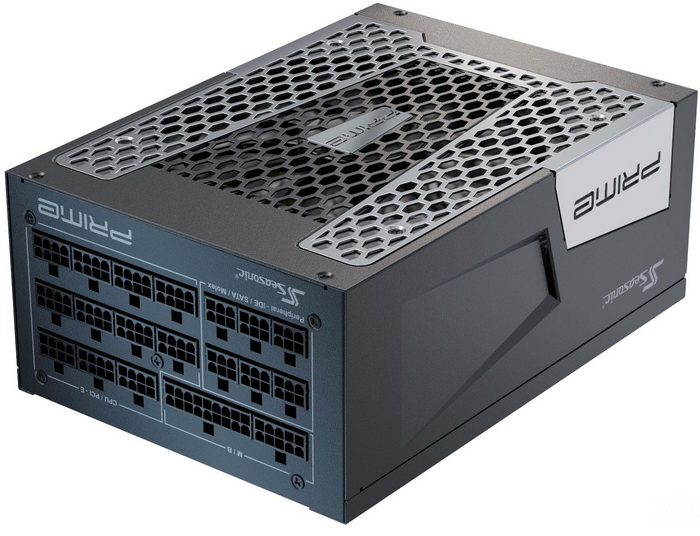
For the past decade or so the main marketing/sale pitch fully modular power supply units had was the ability to switch cables once a new standard was introduced. Well, years and years went by without anything seriously changing, not until now that is since the recent introduction of the new ATX 3.0 standard (which effectively just adds tighter regulations in regards to electrical spikes) has brought with it a new PCIe 5.0 (Gen5) power cable called 12VHPWR. This power cable can support power outputs of up to 600W and as some of you certainly are aware is also the power cable required by the latest GeForce RTX 4090 24GB graphics card by NVIDIA and probably also their GeForce RTX 4080 model (still, AMD stated that they are not using it with their upcoming RDNA3 Radeon 7900XT/XTX cards). Seasonic’ s third generation flagship line of power supply units may not be ATX v3.0 certified (v2.53) but it was probably the first to be launched with two of these new 12VHPWR cables roughly 4 months ago and today I’ll be testing the PRIME TX-1300W (SSR-1300TR) model.
Sea Sonic Electronics Co., Ltd was founded more than 40 years ago by engineers. Since its early beginnings the company has rigorously maintained its focus on the research, development and production of technologically advanced, high quality products. In 1981 Sea Sonic expanded into the production of PC power supplies to become one of the first manufacturers in this market. Soon after, the manufacturing of high quality and performance PC power supplies became the core identity of Sea Sonic.
The PRIME TX line of power supply units by Seasonic currently includes 650/750/850/1000/1300/1600W output models all of which are fully modular and 80 PLUS Titanium Certified (up to 94% efficiency - just the 1300/1600W models however come with 12VHPWR connectors). In terms of available features the PRIME TX-1300 sports a single powerful +12V rail (108.3A - probably the 2nd or 3rd highest single +12V number I’ve seen to date) capable of delivering the units entire rated output (1300W), micro-tolerance load regulator (under 0.5% load regulation), active PFC, DC to DC topology, cable-free connection design (back panel with PCB), individually sleeved power cables (the 12VHPWR of my sample arrived fully sleeved), peak power output of almost 1450W, fluid-dynamic bearing 135mm fan with hybrid mode (fan starts to operate at over 40% load) and high-quality Japanese manufactured capacitors. It goes without saying that the PRIME TX-1300 PSU is fully shielded by an array of electrical protections including over-current (OCP), over-voltage (OVP), under-voltage (UVP), short-circuit (SCP), over-temperature (OTP) and over-power (OPP). As for warranty Seasonic covers the entire PRIME TX line of power supply units with a very generous 12-year limited one.
SPECIFICATIONS AND FEATURES

PACKAGING AND CONTENTS
The PRIME TX-1300 arrived inside a very long silver and black box that has the Seasonic logo, 80 Plus Titanium certification, product line, warranty information and some of the main product features at the front.
Turning the box over we see the product features printed in 11 languages.
At the top Seasonic mentions that this model is ready for upcoming graphics cards thanks to its two 12VHPRW connectors.
The product features are all printed at the rear of the box next to two graphs and a product picture.
As expected, the power supply unit is placed between two thick foam spacers.
Along with the main body of the PRIME TX-1300 inside the box you’ll also find the power cord, modular power cables, carrying/storage pouches (for both the PSU and its modular cables), USB adapter with USB type-C cable, PSU tester, 12 cable ties, 5 cable straps, 4 case stickers, 4 mounting screws, several cable holders, sweepstakes paper, installation guide and the user manual.
THE PRIME TX-1300 EXTERIOR
As mentioned earlier aside the two 12VHPWR modular cables which arrived braided all others are individually braided/sleeved.
Measuring 210mm in length, 150mm in width and 86mm in height the PRIME TX-1300 is a rather large unit.
The 135mm fluid dynamic bearing fan sits under a nice looking silver and black grille.
On both sides Seasonic has placed their logo and the product line name.
Once again, we find the electrical table along with numerous certifications at the base of the enclosure.
At the rear we find the usual perforation, on/off power switch, hybrid mode on/off button and the power port.
Moving at the front we find the 19 modular power connectors which are all grouped and tagged.
THE PRIME TX-1300 INTERIOR
Hong Hua is the manufacturer of the 135mm fluid dynamic bearing fan (2300RPM).
For such a highly populated interior I have to admit that the layout is extremely clean.
The three primary capacitors are manufactured by Nippon Chemi-Con and are rated for use up to 105 degrees Celsius.
Secondary capacitors are manufactured by both Nippon Chemi-Con and Rubycon and are also certified for use up to 105 degrees.
TEST BED


TESTING METHODOLOGY
Using a dedicated measurement instrument such as a Chroma or a SunMoon to test power supply units is without doubt the most ideal and accurate way (not to mention the fastest) to do that currently. However, it's certainly not the only way there is and so pretty much anyone can test a power supply unit just by using a test rig. Certainly, limitations do apply and so you can't really push a 1000W power supply to its limits if your system only uses 500W at peak loads and that's why over the years we saved certain hardware components for the purpose of building a dedicated PSU test rig. True it may not be as accurate as the above mentioned solutions but it comes really close and is in fact much closer to real world usage. So as always, we ran several games with maximum graphic options enabled at a resolution of 2560x1600 in order to stress every hardware component and increase the overall power demands of the system. The Passmark BurnIn Test was also used to overstress the components in an effort to provide the most accurate results possible. As a final test we also used the latest OCCT 4.4 software and its dedicated PSU testing suite since it can really bring a power supply to its knees after inside a few minutes.
Rail stability was checked/measured with the CPUID Hardware monitor and a Metex multimeter which also recorded the system load in idle and in load. As always try to remember that the power consumption numbers listed in the graph are the highest (Peak) ones recorded during the entire duration of the tests and not the average ones. Noise levels coming from the fan were recorded using the high precision HD600 ExTech Sound dBA Meter from the rear of the unit and at a range of no more than 5-10cm. Readings under load are recorded the exact moment we manually switch the fans of all graphics cards from full speed to almost zero, that way the fan of the power supply does not have enough time to slow its RPM and so by doing this we get very accurate noise level readings. Needless to say, in order to get 100% accurate readings, you need to have a noise isolated room for that exact purpose, something which is quite impossible unless you are working inside a real lab (some people use very small noise insulated boxes but due to their size both heat and noise exceed normal levels and so the results can't really be considered to be 100% accurate, nor realistic for that matter). Also do take into account that since all noise measurements take place from just 5-10cm away the final noise levels to reach your ears will be considerably less.
* After well over 10 years of testing PSUs the Intel Core i7-920 CPU of this rig failed and so we replaced it with a Xeon X5660 (we also swapped the GA-X58A-UD7 for the G1. Assassin).
TEST RESULTS



CONCLUSION
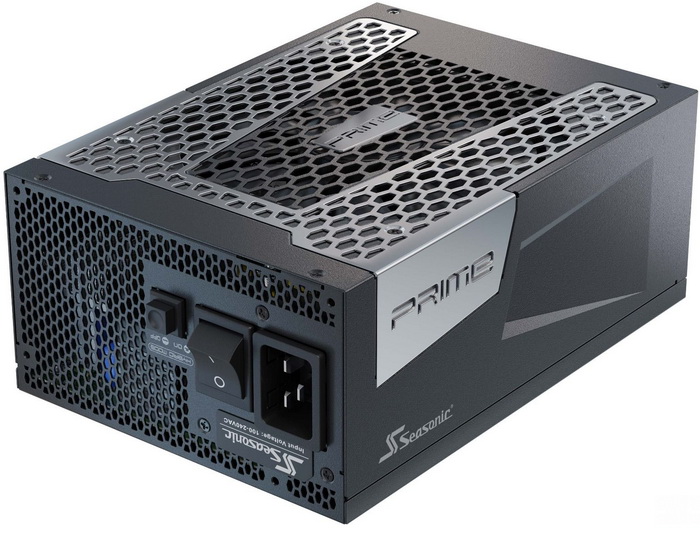
The PRIME TX series of power supply units by Seasonic may not be fully compatible with the new ATX v3.0 standard (at least not yet, next generation will be) but rail stability is nothing short of impressive. Noise levels are equally good, yes, my test rig was unable to surpass even 1100W of power draw so I do expect the profile of the fan to add a couple more dBA at 1300W but again, that’s a very good result (always compared to similar wattage models). And then we have build quality which is pretty much excellent across the board thus justifying the 12-year limited warranty Seasonic offers. The two 12VHPWR connectors also render the PRIME TX-1300 one of your best choices out there if you plan on getting one of the new GeForce RTX cards (as does the 80 PLUS Titanium efficiency certification). Size should be your sole concern with this unit, granted it’s highly unlikely that anyone would be pairing this unit with a small PC case (especially if one of the new GeForce RTX cards is also on the menu) but anything’s possible.
Seasonic currently has their PRIME TX-1300 for USD567 inside the USA (Amazon.com) and for 469.25Euros inside the EU (Amazon.de) so it certainly doesn’t come cheap. Still from what i see other PSU models with two or more 12VHPWR modular cables cost roughly as much but they are not made by Seasonic and they are not covered by a 12-year limited warranty. Yes, the fact that the PRIME TX line is not ATX v3.0 certified may let down some potential buyers but getting this rail stability (not to mention build quality) is not something you can expect, even from most units that currently follow that standard. Performance, build quality, output, noise levels, 12VHPWER connectors, the PRIME TX-1300 by Seasonic has it all and that’s why it gets the Platinum Award.

PROS
- Excellent Build Quality
- Impressive Rail Stability
- 80 Plus Titanium Certified
- Electrical Protections (OCP/OVP/SSP/OPP/UVP/OTP)
- Low Noise Levels
- Micro Tolerance Load Regulator
- Two 12VHPWR Connectors (2x600W)
- Hybrid Fan Mode
- Powerful Single Rail (108.3A)
- 12 Year Limited Warranty
- Available Models
- Design
CONS
- Price (For Some)
- ATX v2.53 Compatible (Not 3.0)
- Length (For Some)

 O-Sense
O-Sense





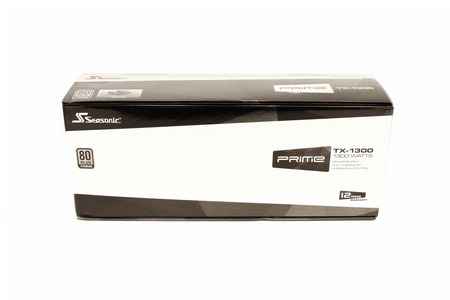
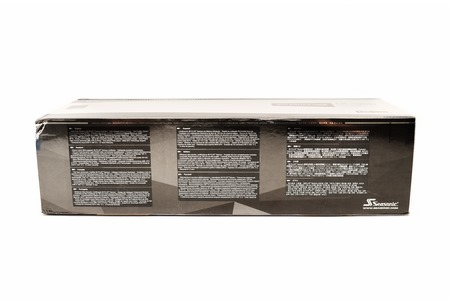
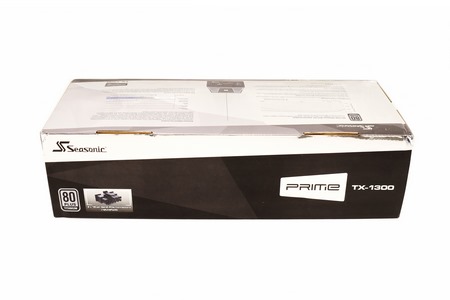




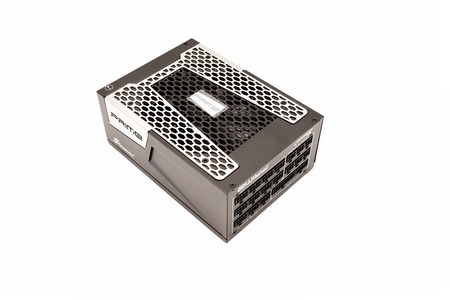

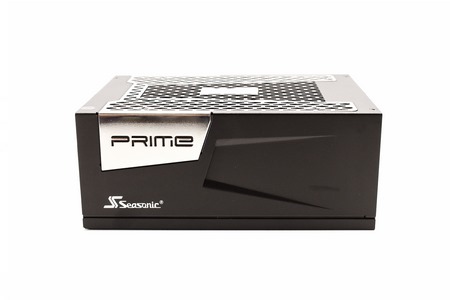
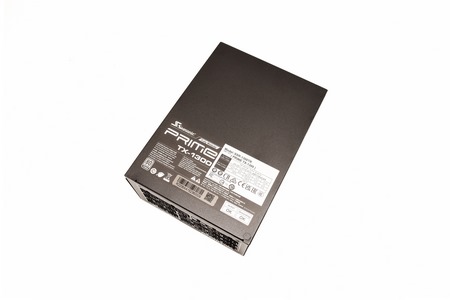

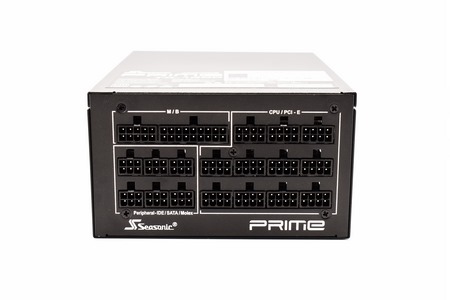
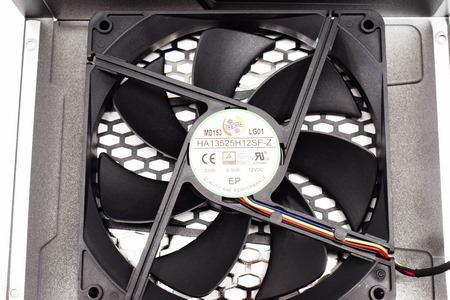
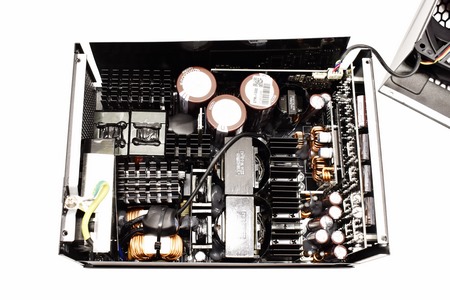
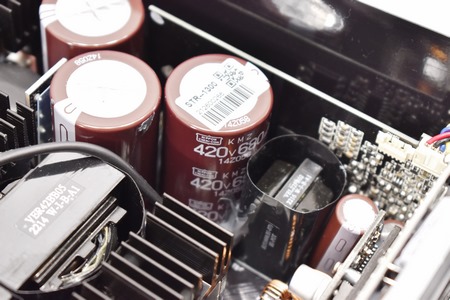

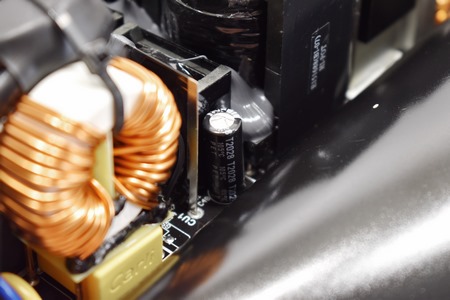


.png)

